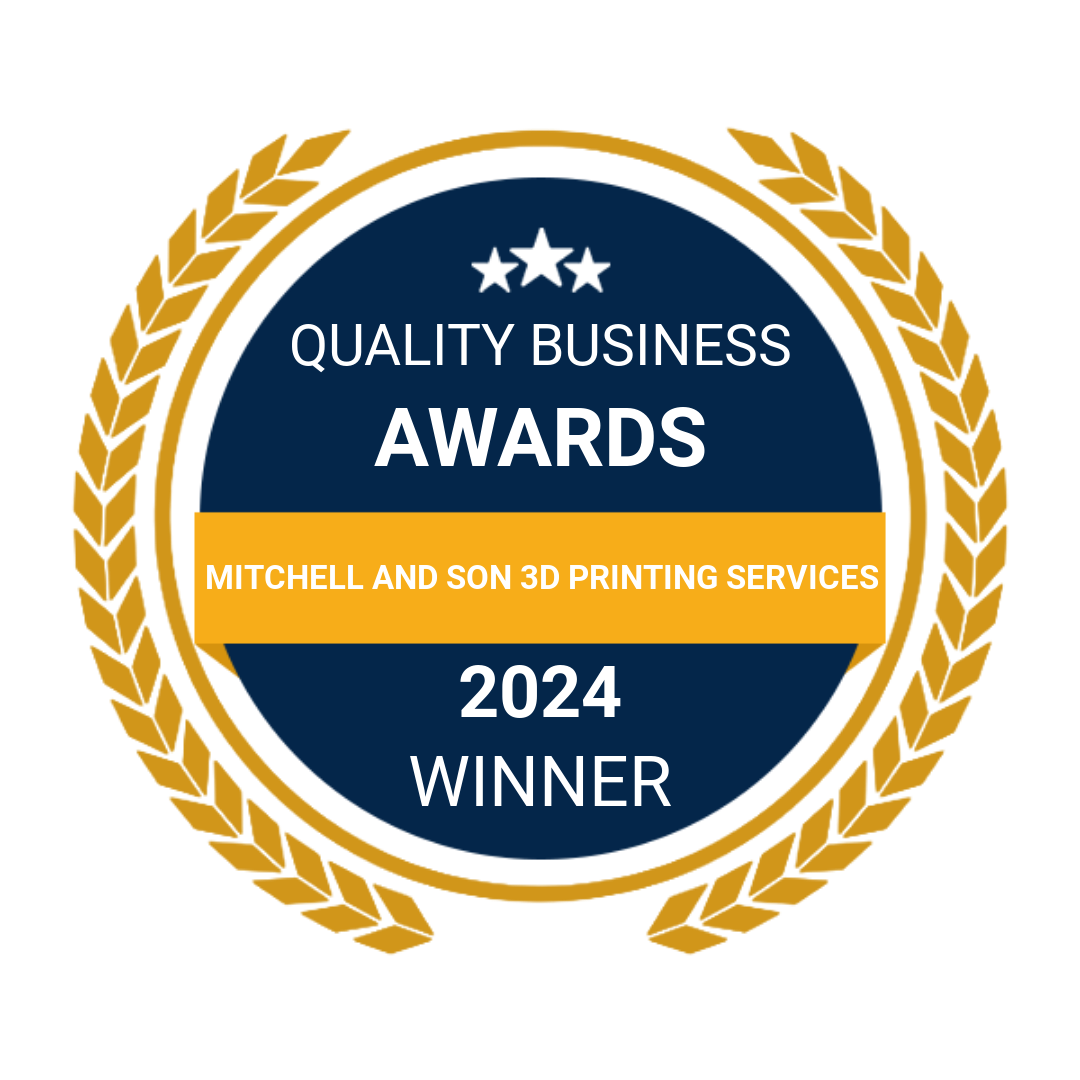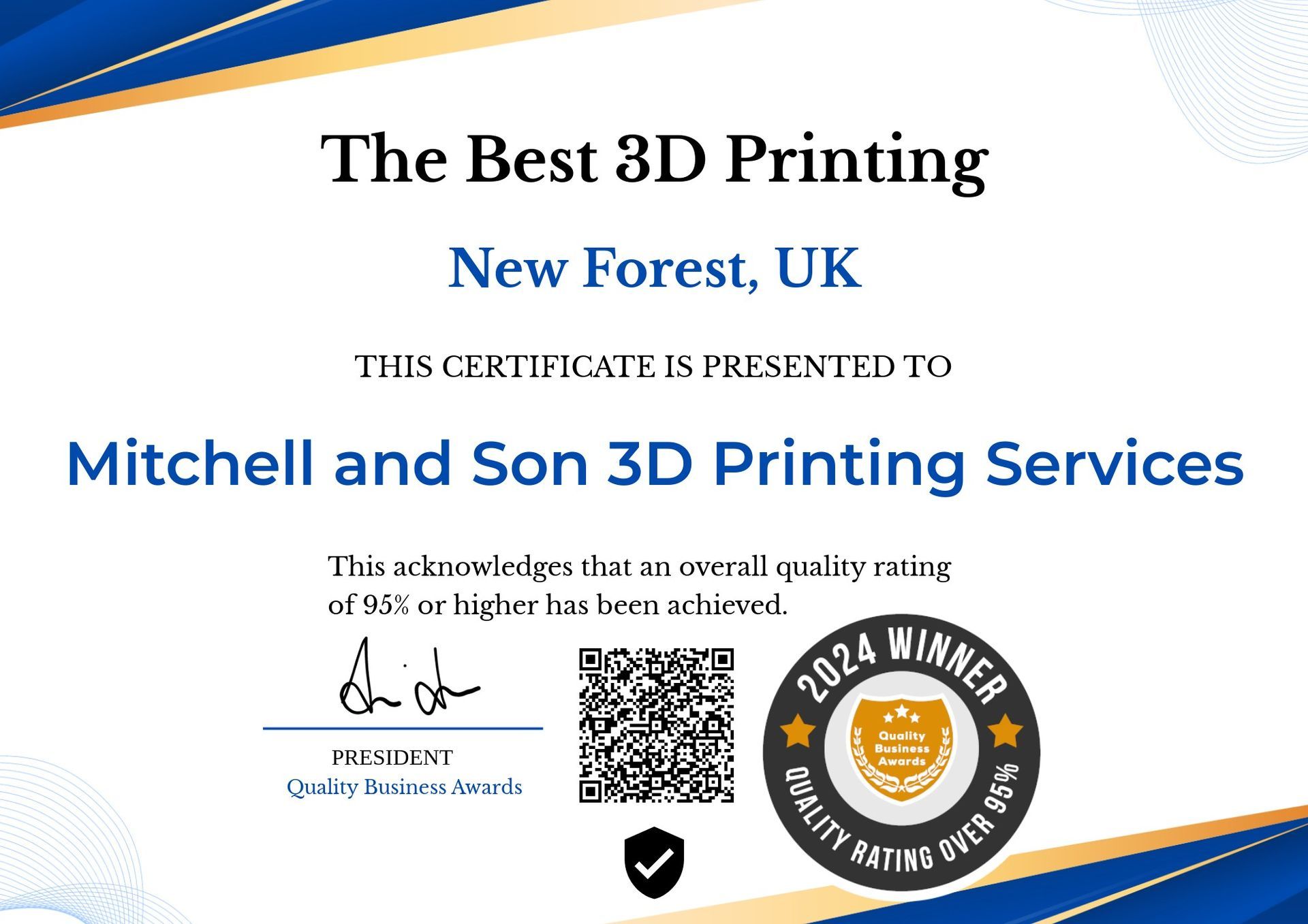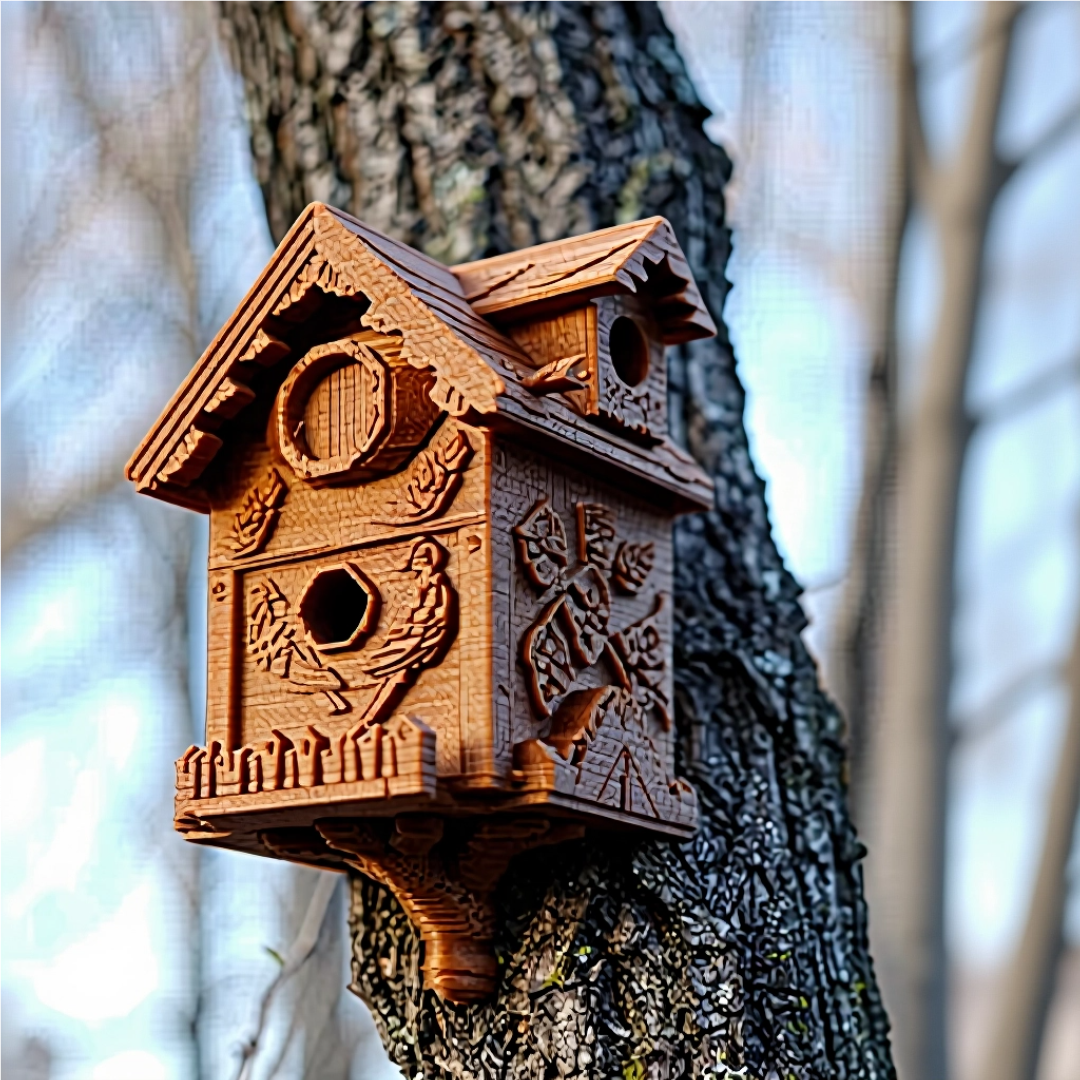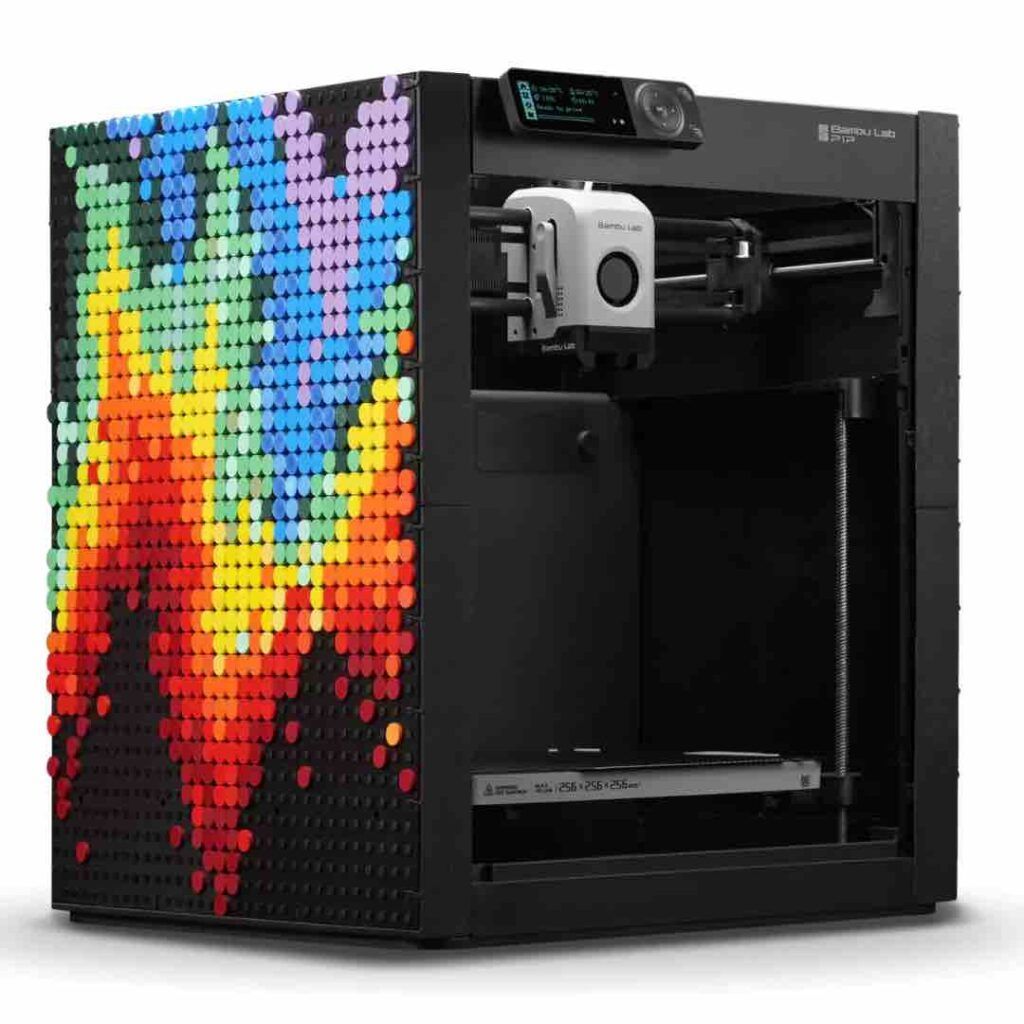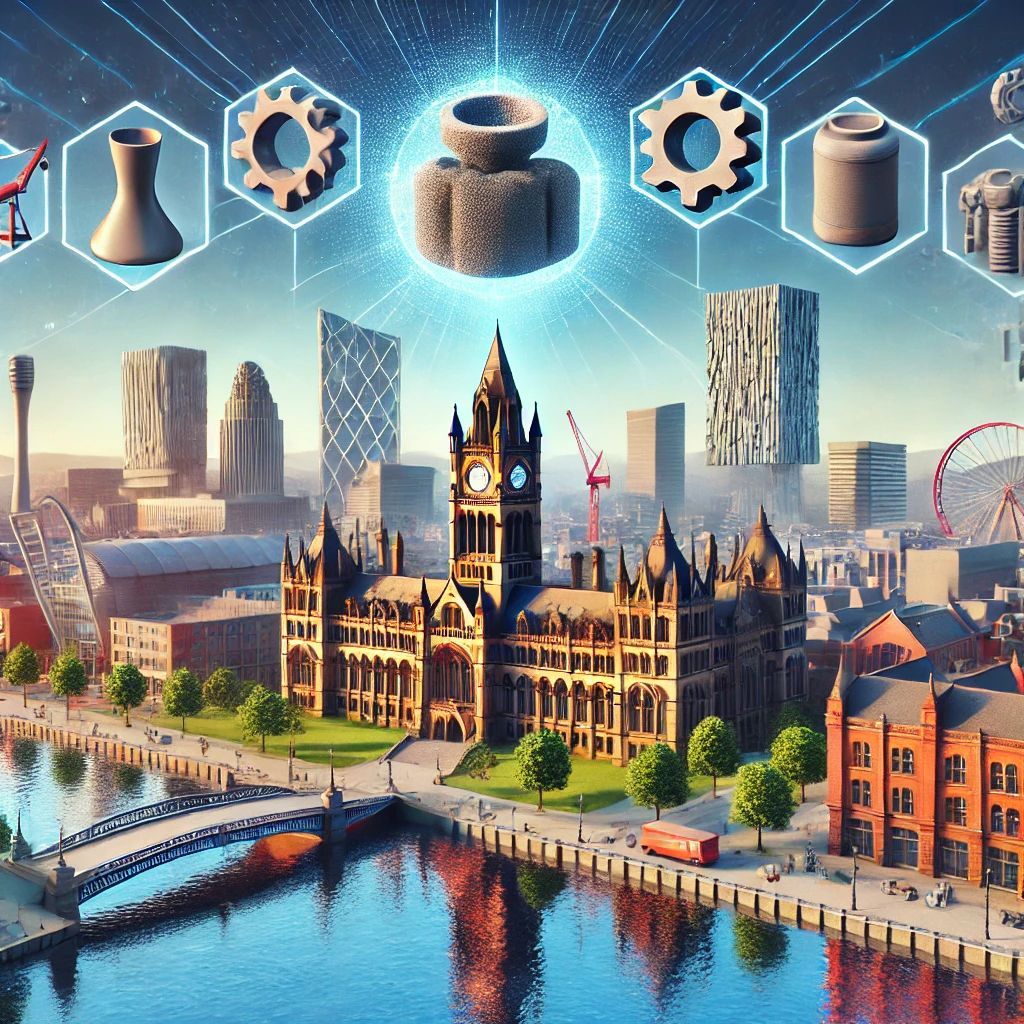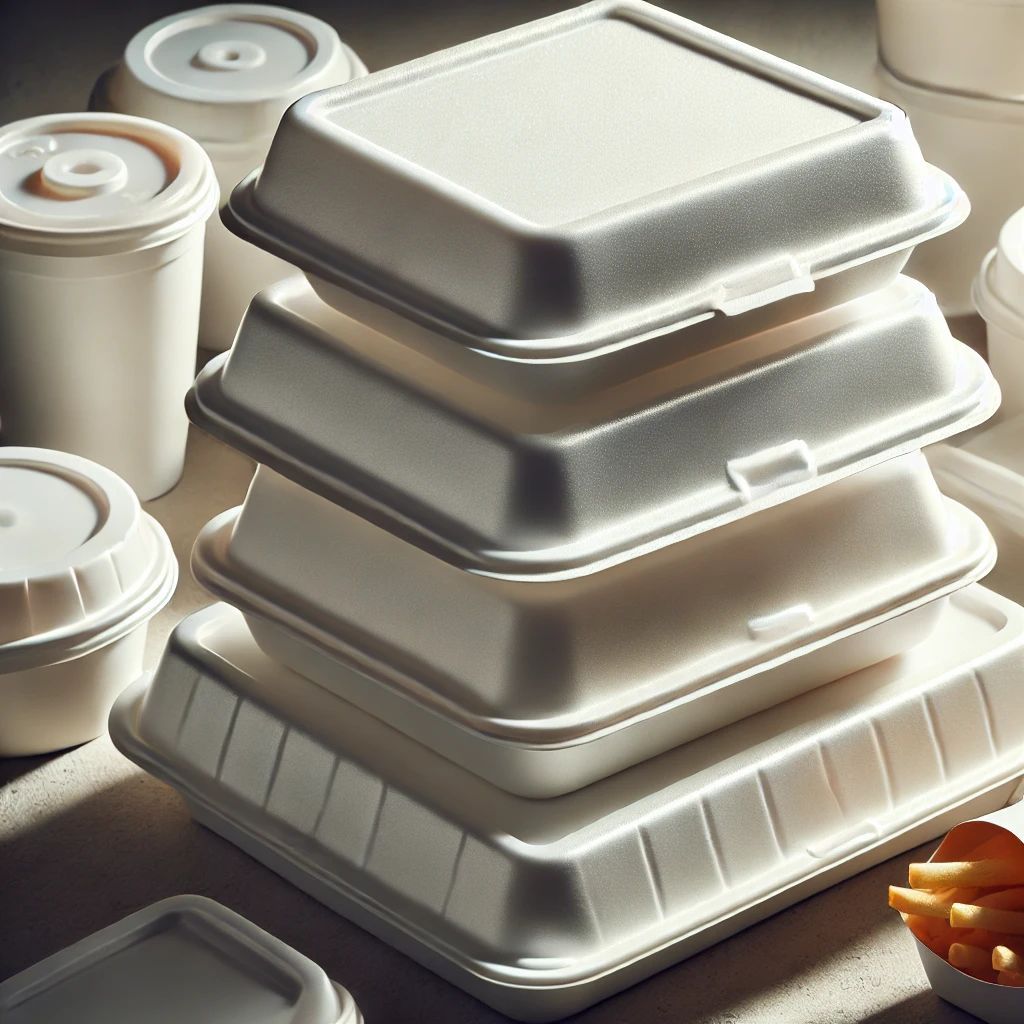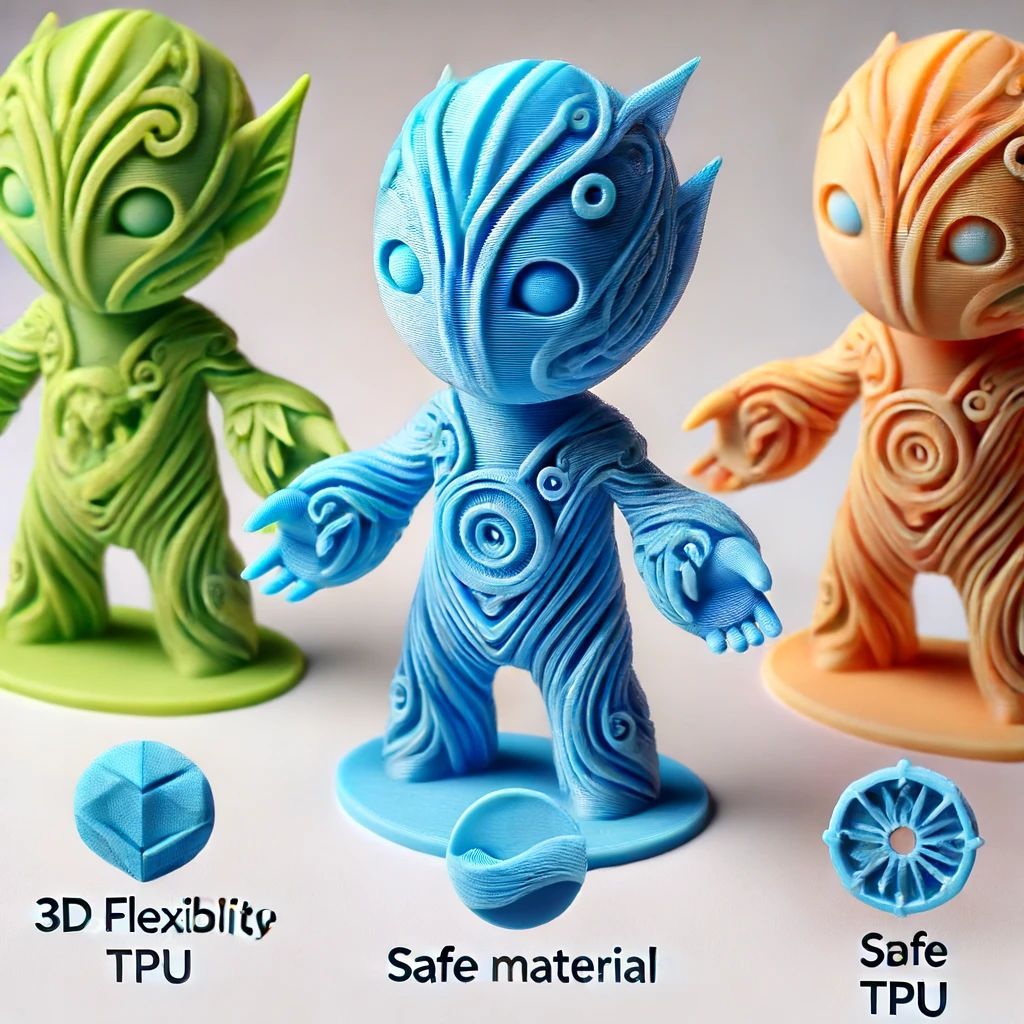What terms are used in the world of 3D Printing?
30 Words Relating to 3D Printing

3D Bioprinting:
3D bioprinting is the process of creating living cell patterns, like skin or organs, using 3D printing. It’s generally used to regenerate and transplant organs in the medical field. As you may guess, this process is extremely complex.
3D Model:
A 3D model is a digital file representing an object in three dimensions. It is designed thanks to a 3D modeling software and can then be printed with a 3D printer. It is usually displayed as a two-dimensional model with three-dimensional visualization.
3D printing resolution:
3D printing resolution matches the accuracy of 3D printers. Mainly related to the thickness of the layer. It depends on the materials and techniques used.
3D printing volume:
The 3D printer print volume is the maximum size that a single object needs for 3D printing on this machine. It depends on the material used, technology and selected finishing options.
ABS :
ABS (Acrylonitrile Butadiene Styrene) plastic is a thermoplastic polymer. This material is mainly used for personal 3D printing using FDM or FFF techniques. Lightweight, shock-resistant and affordable. It has a very low melting point (200°C / 392°F) and can be considered relatively safe. Production of additives:
Additive manufacturing is another common name for 3D printing.
Jet Binder:
Binder Jetting is a 3D printing technique that uses a binder to create parts as additives. Can be used for both metal and plastic. For metal, it is the fastest technology and one of the cheapest.
CAD:
Computer-aided design is the use of computer software to create, manipulate, analyze, and optimize a two-dimensional or three-dimensional design. It is commonly referred as CAD. It is generally used to make 2D designs for technical engineering and architecture or to make 3D designs for digital applications like animation or for manufacturing and prototyping processes like 3D printing.
CLIP:
CLIP stands for Continuous Liquid Interface Production. This 3D printing technology works by projecting a continuous sequence of UV images, generated by a digital light projector, through an oxygen-permeable, UV transparent window, below a liquid resin bath. It creates a dead zone above the window which maintains a liquid interface below the part. Processed parts come out of the resin bath beyond this dead area. This 3D printing technology was first introduced in February 2014. Carbon 3D was released a few months later.

DLP:
Digital Light Processing is a 3D printing technique where a projector is used to cure photopolymer resin. It is very similar to SLA, with a slight difference: it uses a light bulb, not an UV laser. Objects printed with this technique have less visible layers. Moreover, it is a faster technique. It is mainly used to 3D print highly detailed artworks and non-functional prototypes.
DMLS:
Direct metal laser sintering is an additive manufacturing technique for 3D printing metal. It is developed by EOS. This technology uses a laser as an energy source to sinter metal powder by aligning a laser and following a cross section of the object layer by layer. DMLS allows you to 3D print very complex geometries. The main advantages are that no tools are required and parts can be 3D printed quite quickly.
Extruder:
Also called Printer head, the 3D extruder is the part of a 3D printer which ejects material in semi-liquid or liquid form, to deposit it in successive layers. In some cases, it can be used only to deposit a bonding agent to solidify a material that is in its powder form.
Fab Lab:
A Fab Lab, an abbreviation for FABrication LABoratory, is a place dedicated to digital fabrication, directed by a collective community. There, you can find computer-controlled machines, and sometimes 3D printers. To use the name “Fab Lab”, the place has to respect MIT’s rules.
Filament:
The plastic used by FDM 3D printers comes in the form of a plastic filament. It is usually sold on spools and is usually supplied by the printer manufacturer. The most common materials you can find in this format are ABS, PLA, PVA and TPU.
MDF:
Fused Deposition Modeling, also known as Fused Filament Fabrication (FFF), is probably the most popular 3D printing technology due to the large number of such 3D printers available on the market. It is a cost-effective 3D printing process compared to other technologies. During this process, the material is melted and extruded through a nozzle so that each layer prints in 3D at a time.
Layer:
In the field of 3D printing, a layer is a single flat part of an object that is printed in 3D. Before 3D printing, the object is cut into a large number of horizontal layers that are made in order, each layer adhering to the previous layer, thus forming a three-dimensional structure.
Layer thickness:
The thickness of the layer is a measure of the height of each subsequent material in the 3D printing process. This is an essential technical element for any 3D printer. In general, it is between 16 meters and 150 meters.
LOM:
Creating laminated objects is a cheap and very fast way to 3D print objects. It is available for a wide variety of materials, but especially for paper. The plates are glued together and then cut into the geometry of the 3D model. This process is primarily used for rapid prototyping, not production.
Multijet:
Multijet is a color 3D printing process which uses an UV light to crosslink a photopolymer, like Stereolithography. However, it is different from it since a printer head throws little droplets of the photopolymer (like in the ink in an inkjet printer) in the shape of the first layer, instead of using laser scanning to cure layers. An UV lamp, attached to the printer head, crosses the polymer and locks its shape. This process creates high resolution and highly complex parts, but it 3D prints elements that are less strong than SLS and FDM.
Photopolymerization:
Photopolymerization is the process of solidification of a photosensitive resin, using an UV light. This technology is used in various 3D printing processes such as DLP, SLA and Multijet.
PLA:
PLA, also known as polylactic acid, is a plant-based plastic material. This commonly used raw material is cornstarch. It is the first natural raw material to be used in 3D printing. This thermoplastic polymer is completely biodegradable. This is a standard material for FDM technology together with ABS. It has good geometric stability during construction, but is less strong and more brittle than ABS. Therefore, it is suitable for decorative objects without mechanical parts.
Polyamide:
Polyamide is a plastic material commonly used for 3D printing. Also known as nylon. It can be used in various forms depending on the technology. For example, it is used in powder form for SLS, but for FDM it is heated until it becomes liquid. Its properties allow for both prototyping and manufacturing.
Polyjet:
Polyjet is a color 3D printing process like Multijet. This technology is very similar to 2D printing. One printhead applies one layer of material, then another layer of glue before printing another layer on top. Glue and paint can be applied simultaneously or later. This is a cheap and easy-to-use technique that can be used to create small objects and sculptures.
Printer Bed:
The printer bed is the flat part of a 3D printer in which the object is housed during the 3D printing process. It can be fixed or movable depending on the machine and the 3D printing process used.
SDL:
The selective deposition layer is a 3D printing process using paper. It consists of layers of adhesive paper (plastic or metal) that are glued together and cut in multiple layers with a laser cutter. The rollers move each sheet of material to the last plate until the object is fully three-dimensional. This technology allows the use of original paper, making it an inexpensive 3D printing method. This is very similar to LOM technology, but the bonding process is different. In SDL, only the parts that make up the object are bonded, whereas in LOM, the entire sheet is bonded uniformly.
SLA:
Stereolithography (SLA) is a 3D printing process of resin. A bowl of photopolymer resin is exposed to an ultraviolet laser, which heats specific parts of it layer by layer. SLA objects don't have the power of 3D-printed objects using SLS and FDM technologies, but they do allow for a higher level of detail. Therefore, it is mainly used for non-working prototypes and highly detailed artwork.
SLM:
Selective laser smelting is a 3D printing technology that allows metal to be 3D printed. The laser melts successive layers of metal powder in specific locations to create the desired 3D object. SLM allows you to create very complex parts. Therefore, it is widely used in the aviation industry.
SLS:
Selective laser sintering is a 3D printing technology. The powder material, usually nylon, is sent to a 3D printer. The laser then selectively heats a portion of the powder layer to create the desired shape. Compared to other laminated molding techniques, SLS powder is self-supporting and does not require a support structure. This allows the creation of complex shapes.
Thermoplastic:
Thermoplastics are polymeric materials that soften when heated and solidify when cooled. It is specifically used for plastic 3D printing using SLS technology.
wax:
3D printed wax is used to create molds using 3D Lost Wax Casting technology. So you can make high-quality metal jewelry. How does it work? The 3D model of the object is waxed in 3D layer by layer. Then a mold is made around the wax object. It then melts and removes the wax, leaving a margin in the mold that corresponds to the final object. Finally, fill the empty space with molten metal to get the final object.


